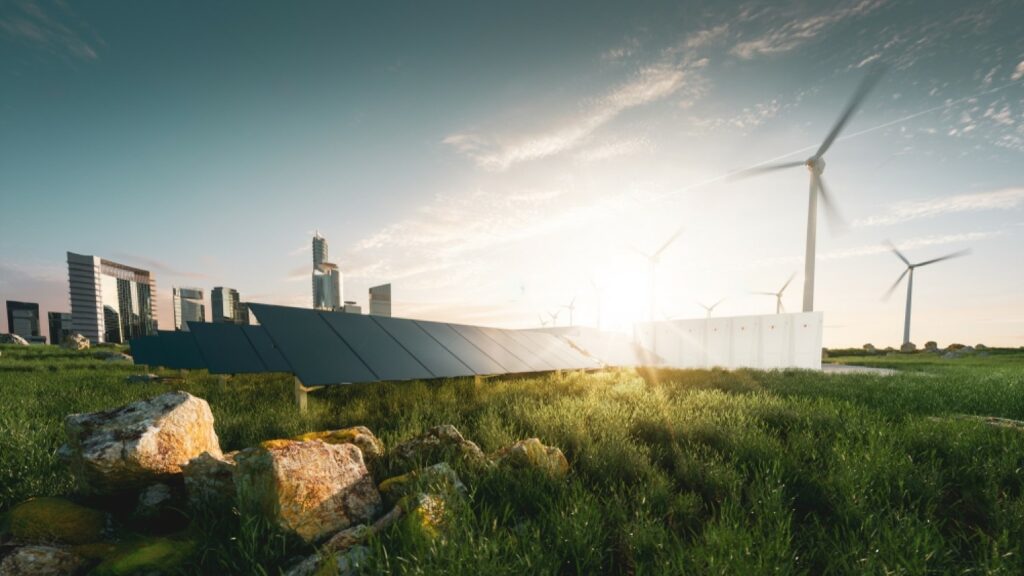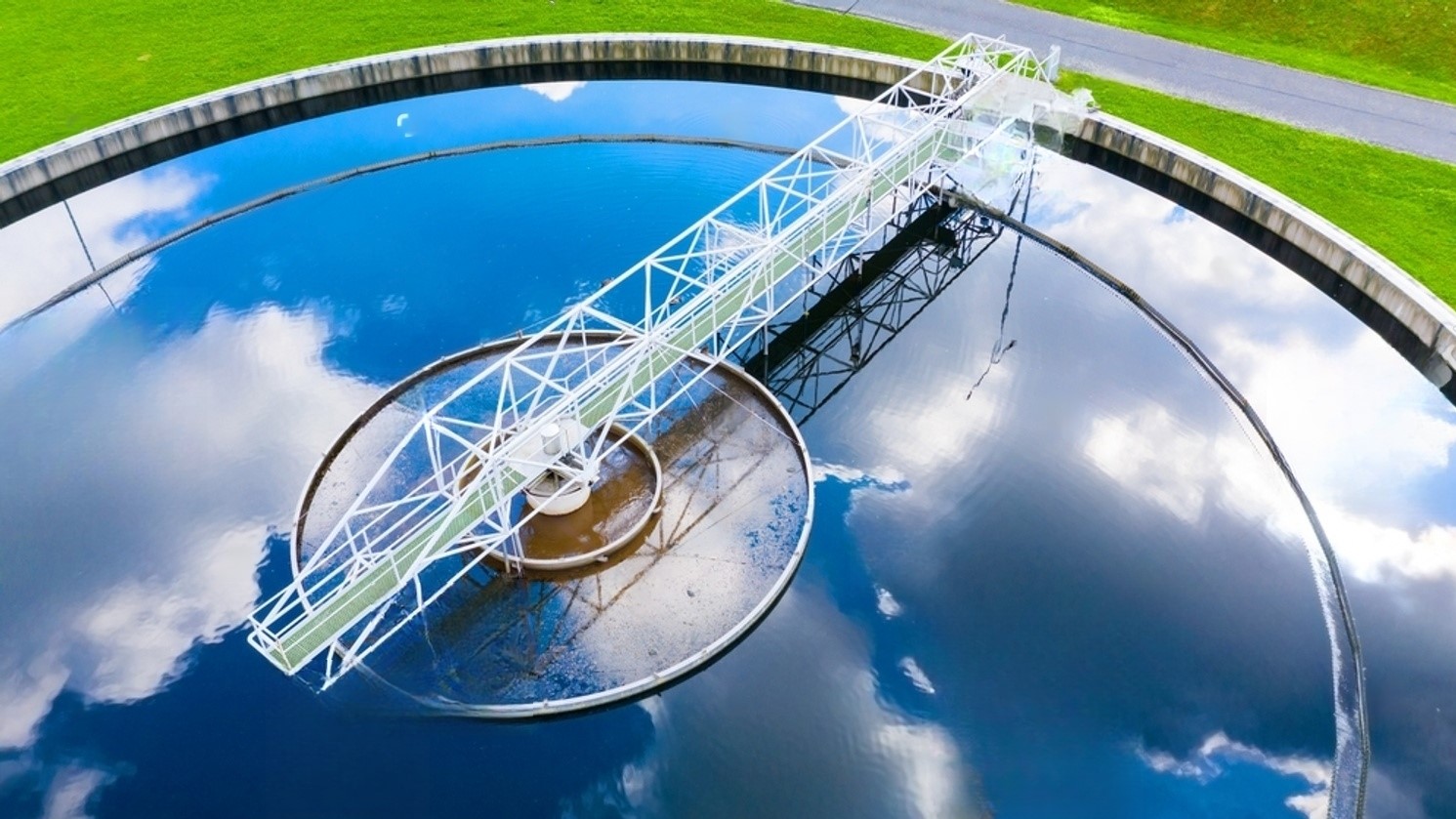Omani-British startup X2E has ambitions to launch a pipeline of projects to unlock clean energy from waste resources by capitalizing on breakthrough technologies that are both cost-competitive and planet-friendly.

“Our goal is to position Oman at the cutting-edge of energy recovery from waste and other resources. By deploying the right combination of technologies, we have the means to harness clean and sustainable energy, as well as unlock commercially valuable green commodities. Any CO2 or greenhouse gases generated along the process are captured and converted into green products, thereby ensuring carbon neutrality along the entire value chain,” said Eyhab, X2E Chairman and Co-founder.
In X2E’s sights are at least half-a-dozen project initiatives for clean energy generation from resources encapsulated by ‘X’. First off the block is expected to be an initiative focusing on energy generation from bio-waste, he disclosed.
A successful investor in Oman’s upstream Oil & Gas sector, Eyhab belongs to a new generation of business and tech-savvy Omani entrepreneurs with professional growth ambitions that also align with the Sultanate’s strategic goals for socioeconomic development. Infused in these aspirations is also a commitment to being part of the global quest to finding sustainable solutions to the threat of global warming and climate change presently imperiling Planet Earth.
Between them, Eyhab and John have the passion, drive and resolve to see their X2E vision not only crystallise here in Oman, but also proliferate elsewhere in the wider Gulf, Middle East and Asia regions.
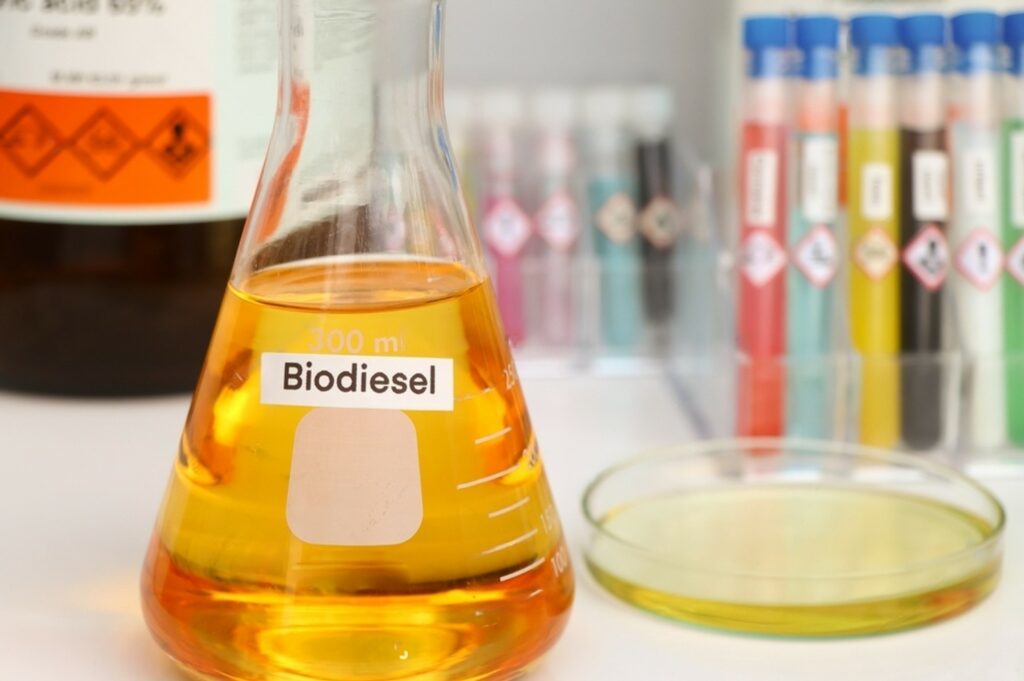
Waste to wealth
The opportunities represented by ‘X’ are virtually limitless, says John, X2E Co-founder and CEO. “As long as X makes business sense as a resource for clean energy generation, we are up for the challenge. After all, we have a good track record of identifying opportunities, attracting investment, engaging with stakeholders and managing projects very well.”
X2E plans to kick off its pipeline of projects by focusing on commodities, such as bio-waste, for example. John explains: “The rationale here is quite simple! Instead of creating an entirely new energy resource, say green hydrogen, for example, which would require major investments in infrastructure, the X2E business model zeroes in on an existing resource, such as bio-waste. By processing this waste, you not only generate clean energy, but you also address the environmental challenges linked to waste accumulation. It’s a win-win! You end up requiring fewer landfills to maintain.”
Serendipity
X2E’s journey from an embryonic concept to promising initiative with game-changing potential has been relatively swift. “It all happened by chance,” says Eyhab. “I received a call from John, an old buddy of mine who had also lived and worked in Oman many years ago. As a tech-savvy engineering professional with unparalleled knowledge of the green energy landscape, he ticked all the boxes for me as my business partner in the X2E initiative.”
Uncoincidentally, X2E’s vision syncs squarely with the decarbonization strategy of the Sultanate of Oman. Besides harnessing value from waste in the form of green fuels and byproducts, the startup also plans to explore the potential for further value creation through, for example, carbon credits, carbon capture and storage, and so on. The overarching objective, the partners stress, is to achieve Net Zero – at a minimum – across the value chain.
Among the many opportunities X2E is currently studying is a proposal to generate copious volumes of biogas from all kinds of organic waste, utilizing advanced technologies that dramatically speed up the process of harnessing methane from waste. This “digestion” process, which typically takes about six weeks with conventional technologies, can be turbocharged to reach the desired outcome in a couple of days at most. This speedy process does away with the need for investments in massive numbers of large storage tanks to support utility-scale biogas projects, explains John.
Thus in addition to ensuring stable, commercial-scale volumes of methane for electricity generation or other value-add products, these technologies also result in zero carbon emissions from the process, as well as valuable compost.
“With these technologies, we will see efficiencies going through the roof, not to mention the huge contributions that will be made towards Oman’s decarbonization and Net Zero targets,” said John. “Furthermore, with Oman investing in a huge renewable energy programme to drive green hydrogen production, we see the potential for electricity from our projects to address the problem of variability in supply from solar and wind capacity, thereby ensuring stable supply to the electrolysers.”
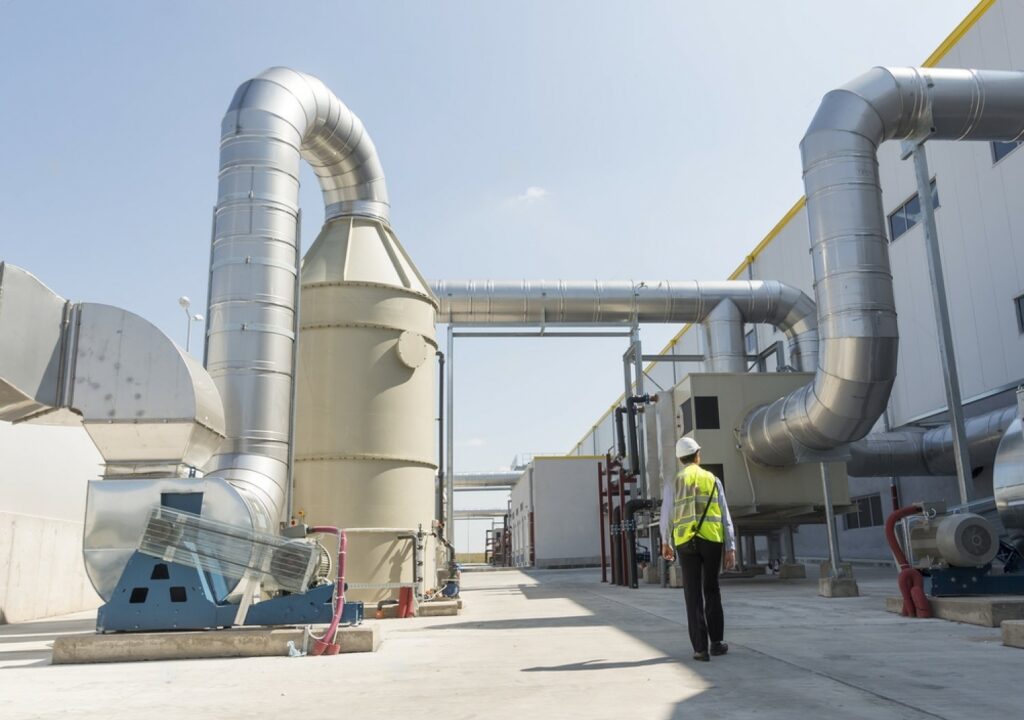
Multiplier effect
Significantly, X2E envisions multiple revenue streams associated with its operations in Oman. Thus, in addition to green energy and other valuable green byproducts being generated by its portfolio of projects here in the Sultanate, there are potentially millions of tonnes of CO2 in emission reductions that can be monetized as well through carbon trading. This is in addition to green compost, biochar and a host of other green byproducts and chemicals that can be recovered and commercialised, according to John.
Other X2E initiatives will target the massive amounts of CO2 emissions spewing out of smokestacks in the industrial clusters and power generation hubs of the country. By deploying technologies based on carbon-eating algae or bacteria, the startup plans to take decarbonization to new heights in Oman. If suitably scaled-up, this process can also open up a new, cost-competitive source of green hydrogen production, he adds.
In all of its endeavours, X2E is pledging to be unswervingly committed to Oman’s Net Zero goals. “With the technologies that we have in mind, our projects will be zero carbon in their net emission output. We will take responsibility for ensuring carbon neutrality across the value chain, and not limit ourselves to just the easy parts. In fact, we foresee some of our projects going net negative in their carbon footprint, particularly where they will pull in CO2 from the atmosphere as part the operative process,” explained Eyhab.
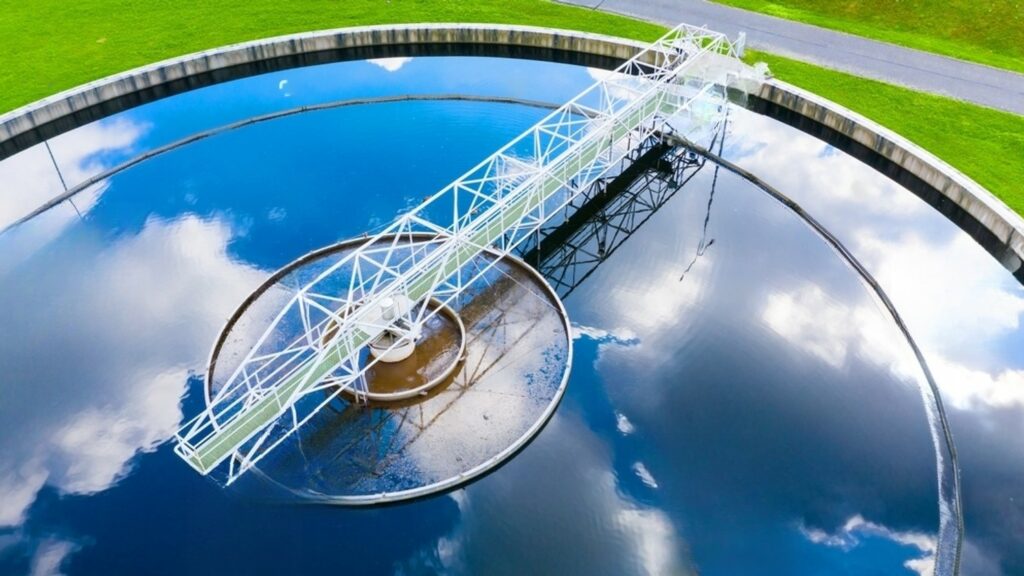
Sustainability model
But far more than contributing to Oman’s energy transition and sustainability goals, Eyhab also sees the X2E model laying the foundation for a new paradigm of business development in the Sultanate of Oman. Although just a two-man setup at the leadership level, X2E has the hallmarks of a joint venture partnership that has the potential to pull in potentially hundreds of millions of dollars in FDI into the projects that are envisioned for implementation over the coming years, Eyhab points out.
While X2E will remain as the parent company, new spinoffs in the form of Special Purpose Vehicles (SPVs) are proposed to be created to oversee the implementation of individual projects.
“We are confident that the X2E business model and philosophy – being small and agile – will enable us to hit the ground running and gain traction as we grow,” said Eyhab. “Along the way, we intend to take on new partners, local and international, join hands with international technology providers, and also work side by side with public sector stakeholder entities to deliver on our ambitious projects.”
Longer term, X2E foresees the potential to expand across the wider Gulf and Middle East region, as well as into markets in Asia and China – an aggressive growth strategy that will be achieved through partnerships and collaborative arrangements with like-minded climate champions from around the world.
